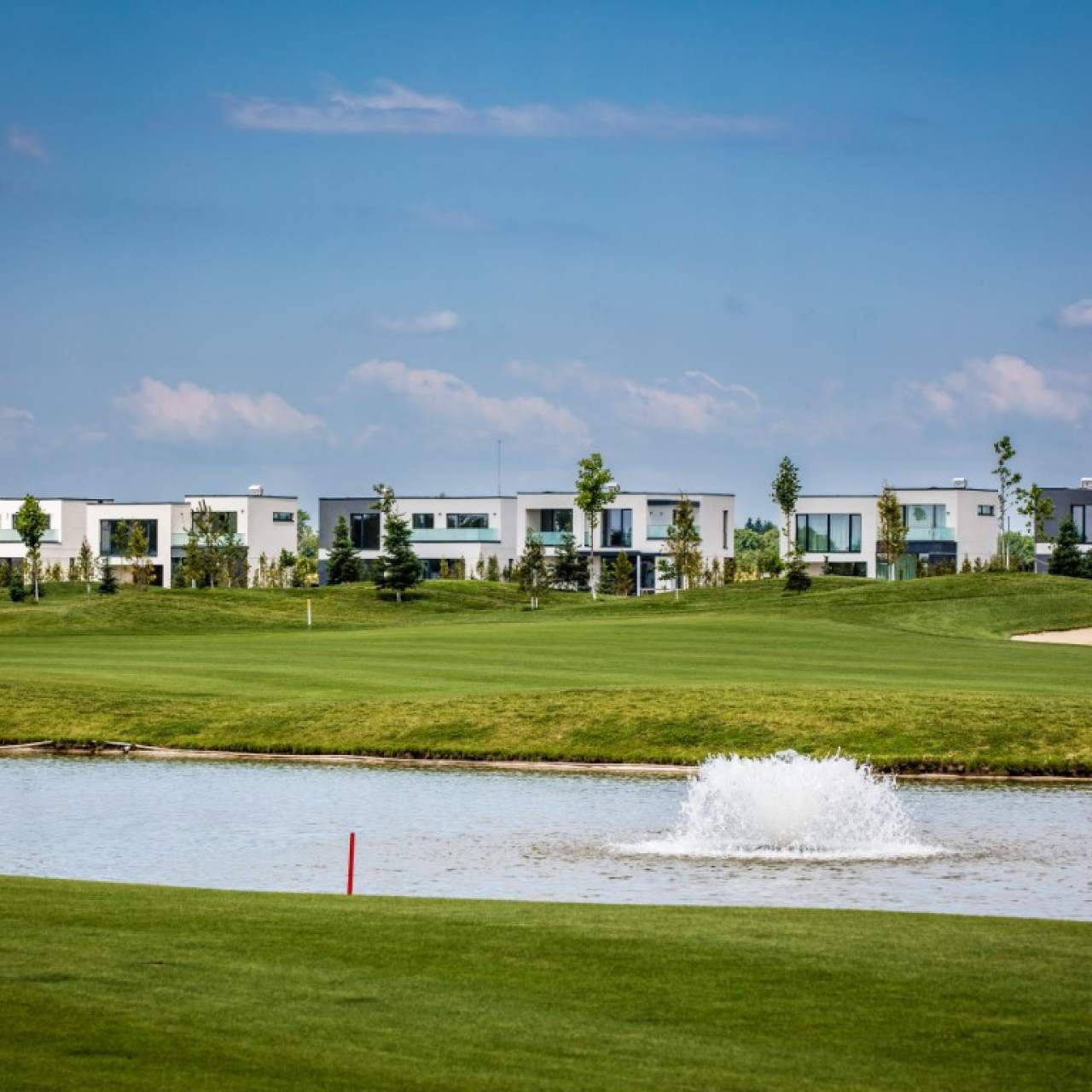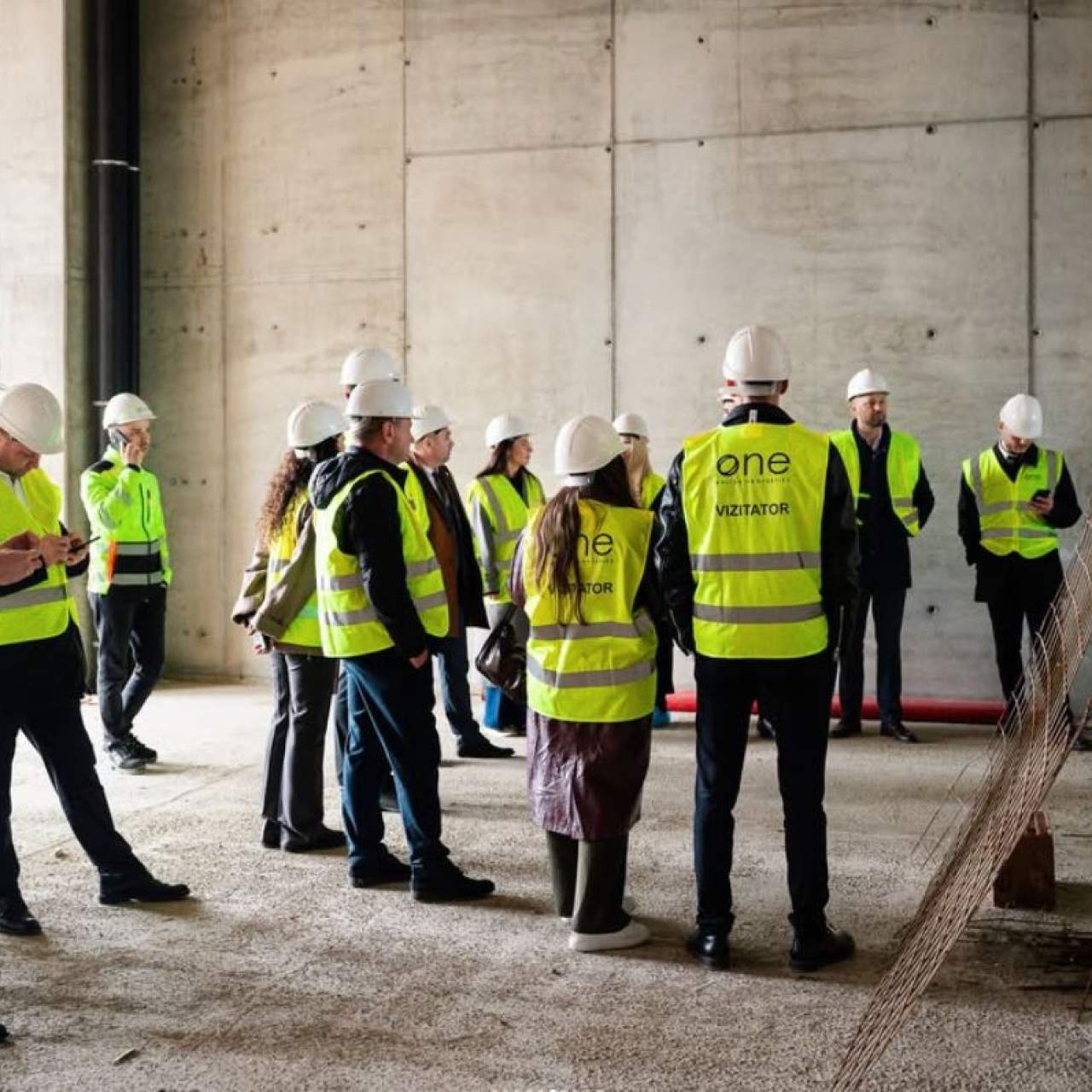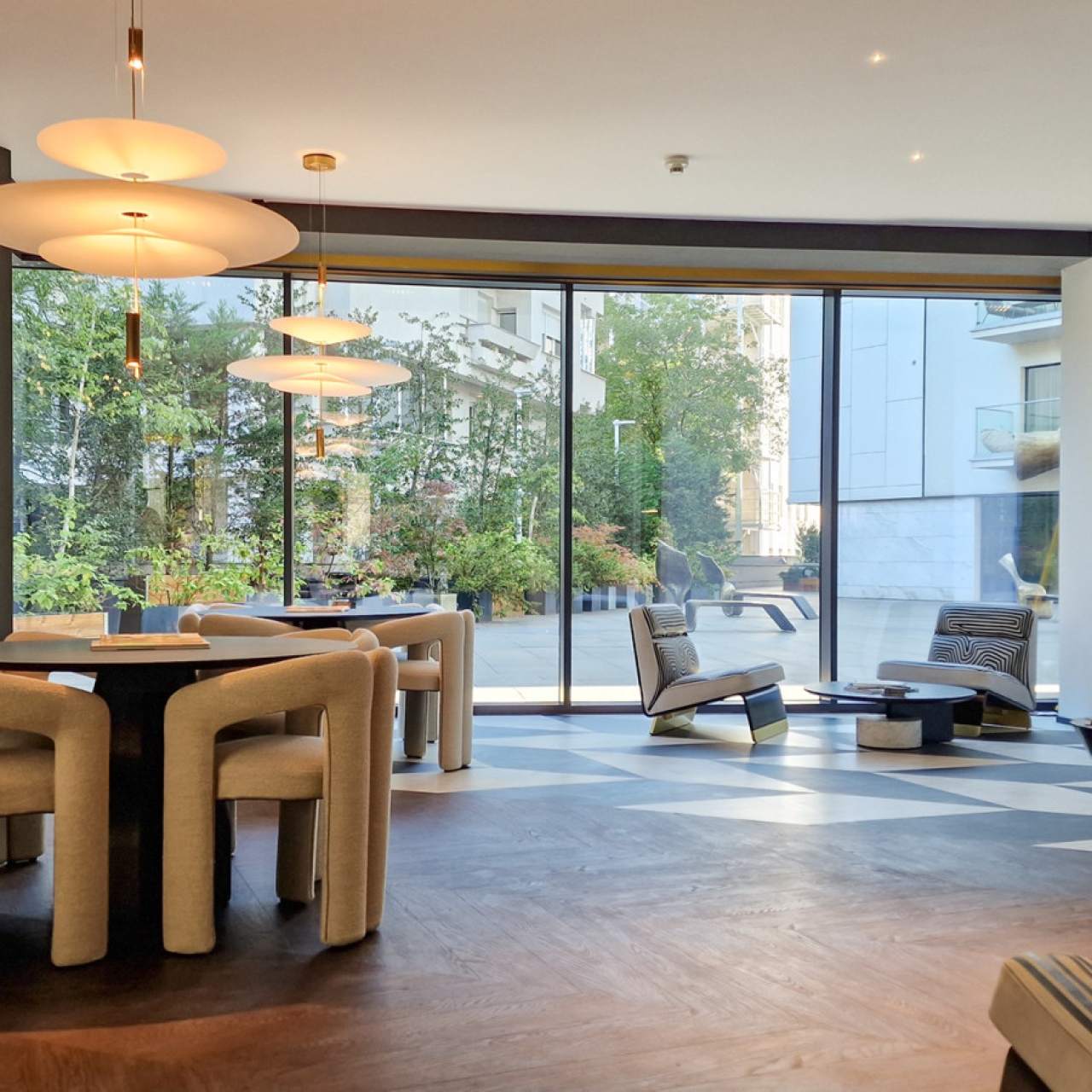
The Palaces of Bucharest - Part II
Following the stories of the palaces of Kiseleff, Elisabeta, Ghica Tei, the Palace of the Stock Exchange, and also the Old Palace of the National Bank, it’s now time to find out how other famous Bucharest palaces were born.
How have they changed their destiny over time?
The Telephone Palace
Built between 1929-1934, according to the sketches of three architects, Edmond van Saanen Algi, Louis Weeks, and Walter Froy, the Telephone Palace is 52.5 meters high and is located on Calea Victoriei, one of the most beautiful boulevards in Bucharest. In the past, on the site of the current palace were the houses of the politician Ioan Oteteleșanu, as well as the famous literary cafe of the same name, which was frequented by personalities like Ştefan Octavian Iosif, George Coşbuc, and Ion Minulescu. It was sold in 1931 to the Telephone Company. The new building was designed in the Art Deco style, including elements specific to skyscrapers in the United States. For over two decades, until 1956, the building had the status of the tallest building in Bucharest and was also the first metal frame building with such a height in the country. After several events such as the bombings of 1944 and the earthquake of 1977, a series of consolidation works were started in 1995, under the guidance of engineer Alexandru Cișmigiu, and completed after a decade.
Șuțu Palace
Dating back to 1835, the palace was initially the property of the seneschal Costache Gr. Șuțu. The building bears the signature of the Austrian architects Conrad Scwink and Johann Veit. Originally designed in an eclectic style, with neo-Gothic elements, around 1862 the building underwent some transformations meant to modernize it. Sculptor Karl Storck was in charge of these works, and he also decided the addition of an imposing staircase inside. Currently a historical monument, Șuțu Palace is today the headquarters of the Museum of Bucharest.
Post Office Palace
Completed in 1900, after six years of work, the Post Office Palace was designed by the architect Alexandru Săvulescu, who chose to follow the neoclassical style. One of the specific element is the portico supported by ten Doric columns. To make the most suitable sketches, he visited, together with Ernest Sturza, the postmaster, several postal palaces in major European cities, such as Paris, Milan, Vienna, Budapest, and Geneva, the latter serving as a model for the Bucharest building. The initiative to build it came against the background of issuing a law that provided for the construction of a Post Office Palace in the city, allocating an investment of 3 million lei gold for the project. On the place of the current building, there was, in the past, an inn built at the command of the ruler Constantin Brâncoveanu, but which had burned in a fire in 1847. On the same land was built another flagship building, the C.E.C. Palace. Notable political personalities were present at the start ceremony of the works for the erection of the Post Office Palace, among which we mention King Carol I and Prime Minister Lascăr Catargiu. The Romanian Post operated in this headquarters until 1970, when it was decided to redevelop the building to serve the National Museum of History, which opened two years later. A symbol of the building is the bronze statue of Emperor Traian, placed in 2012 in front of the museum.
Palace of the Cultural League
Once upon a time, within the walls of the Palace of the Cultural League, the editorial office of the publication Neamul Românesc, founded by the historian Nicolae Iorga, carried out its activity. The construction works of the seven-story building, located near Izvor Park, lasted for three years, between 1926-1929. The engineer Constantin Cihodaru and the architect Ion Traianescu contributed to its design, the building presenting elements specific to the neo-Romanian style and Art Deco. Since 1947, the ground floor of the Palace of the Cultural League hosts, in the Liviu Ciulei Hall, the performances of the Bulandra Theatre.
The Royal Palace
Currently the headquarters of the National Museum of Art of Romania, the Royal Palace was in the past, as its name suggests, the residence of the Romanian monarchs, the first of its kind in the city. Previously, Casa Golescu had been built on the same land, and transformed into a royal palace, where rulers such as Alexandru Ioan Cuza and Carol I lived over time. This first royal palace was demolished between 1935-1936, leaving room for the new building that was completed in 1937. Arranged in a U-shape, it includes a central body and two side wings, North and South. Among the most important rooms used in the past are the Throne Room, the Royal Dining Room, the Hall of Honor, the Stairs of the Princes, and the Stairs of the Guests. The architect appointed to take care of the building's plans was Nicolae Nenciulescu, but Queen Maria of Romania herself was actively involved in coordinating the works. It was here that King Mihai took the oath, the ceremony being attended by General Ion Antonescu and Patriarch Nicodim Munteanu, among other important personalities of the time. Following the bombing in the summer of 1944, the building was severely damaged, becoming uninhabitable. After the abdication of King Mihai, during the communist regime, the Art Museum of Romania was arranged here, and some of the halls, including the Throne Room, hosted various party events, and in one of them, a cinema was arranged. New restoration work was started after the Revolution of '89 when the building was set on fire.
Data for this article was obtained from historia.ro, romania-interbelica.com și wikipedia.com. Photo credit: ©siempreverde22/123RF.COM
Inspired by the article?
Explore apartments in neighborhoods worth discovering:


